Dental conditions are exceedingly common in pets—in fact, dental disease, also known as periodontal disease, is diagnosed in more than two-thirds of dogs and cats over age 3. Dental disease encompasses a variety of components, including varying degrees of tartar buildup, gingivitis, and possible loose or missing teeth. Other common dental problems include fractured teeth, resorptive lesions, and retained baby teeth. Despite the commonality of these conditions, many owners are stunned when a dental problem is diagnosed in their pet. Here are a few hidden truths that will help you better understand potential dental concerns in your furry friend.
Most dental disease occurs below the gumline
If you lift up your pet’s lip, you likely will see a dark, hard material on the tooth’s surface, near the gumline. This is tartar, a calcified substance that accumulates over time due to an oral bacteria overgrowth. Unlike plaque, tartar, which has thick, hard layers, cannot be removed with toothbrushing alone and must be scaled off by a veterinary professional using a hand or ultrasonic scaler. Some pet dental-care facilities may perform cleanings without anesthesia, but we do not recommend this, because your pet must be completely immobilized to allow effective cleaning under the gumline, where tartar and disease like to hide. This is for our veterinary team’s and your pet’s safety, and to guarantee your pet receives the most thorough assessment and treatment possible. We take all the precautions necessary to ensure your pet is healthy enough to undergo anesthesia and to calm your concerns.
Frequent tooth brushing is necessary to curb plaque build-up
Plaque creates a slimy, bacterial film on the tooth surface called tartar, but regular, frequent tooth brushing can remove plaque and prevent tartar formation. In general, pets need their teeth brushed at least three times per week to effectively remove plaque, although daily brushing is recommended. While a monthly toothbrushing at the groomer doesn’t hurt, that certainly isn’t frequent enough to prevent tartar or dental disease.
Preventing dental problems starts early
Dental disease, while common, is entirely preventable with the right care, which should start early. The younger your pet when you begin toothbrushing, the easier and quicker your pet will become accustomed to, and not struggle against, the process. Start by familiarizing your pet with the sensation of your hand or a toothbrush in her mouth. Slowly introduce her to the flavor and texture of a veterinary-approved toothpaste (no xylitol, please), and gradually work up to brushing, rewarding her after every step. With a little patience and persistence, you can make brushing your pet’s teeth an easy, daily routine.
Chipped or worn teeth shouldn’t be neglected
A chip or wear in a tooth’s crown often appears harmless, but trouble could be lurking underneath the gumline. The pulp cavity is the innermost tooth layer that contains important nerves and blood vessels. If this area is exposed from a fracture or severe wear on the tooth’s surface, oral bacteria will infiltrate the pulp and cause infection, inflammation, pain, and decay. If left untreated, the tooth will die, but infection can continue to spread to the surrounding bone, or further. If your pet has chipped or worn teeth, our veterinary team may recommend a dental X-ray for further evaluation.
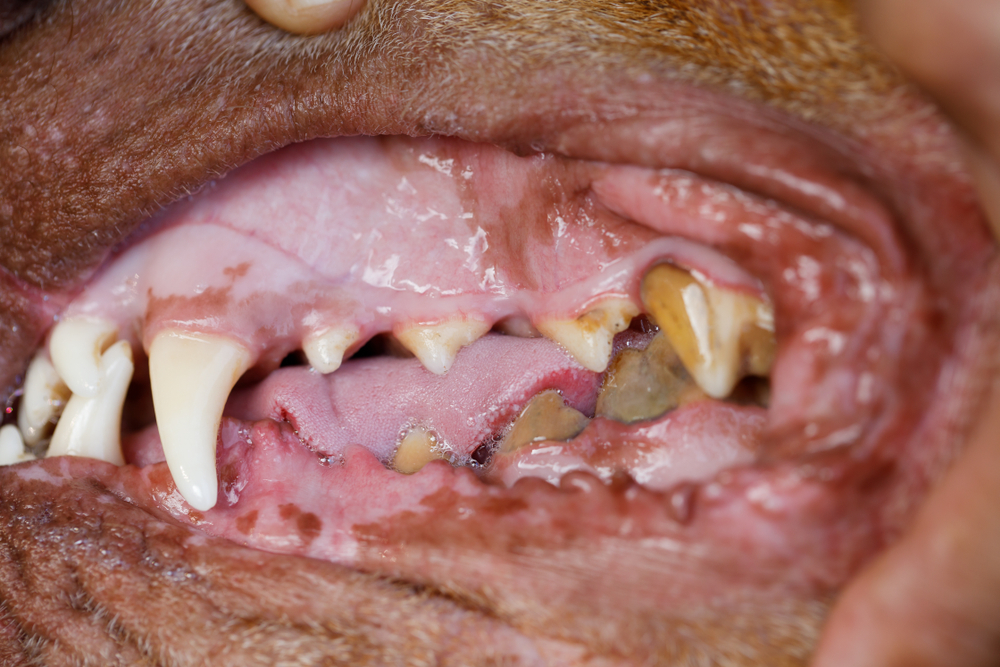
Many pets will show no signs of dental problems
Dogs and cats are stoic creatures that, as a means of survival in the wild, attempt to hide their pain. Therefore, you may not realize your pet is in pain, as she continues to eat, drink, and go about her day normally. If a particular tooth or area is painful, many pets will chew their food on the other side of their mouth, or simply forego chewing. Your Stack veterinarian should be your first step in evaluating your pet’s oral pain, but you can monitor her for some signs, including:
- Preference for softer food
- Chewing on one side of the mouth
- Dropping food while eating
- Slower or reluctant to eat
- Inappetance
- Pain when the mouth or muzzle are touched
- Swelling near the muzzle or eye
- Foul odor from mouth
Start your pet off on the right paw by beginning an oral-care regimen at home, and scheduling an appointment for a dental consultation. Your Stack veterinarian can help guide you on the most appropriate dental-care regimen and products for your individual pet.


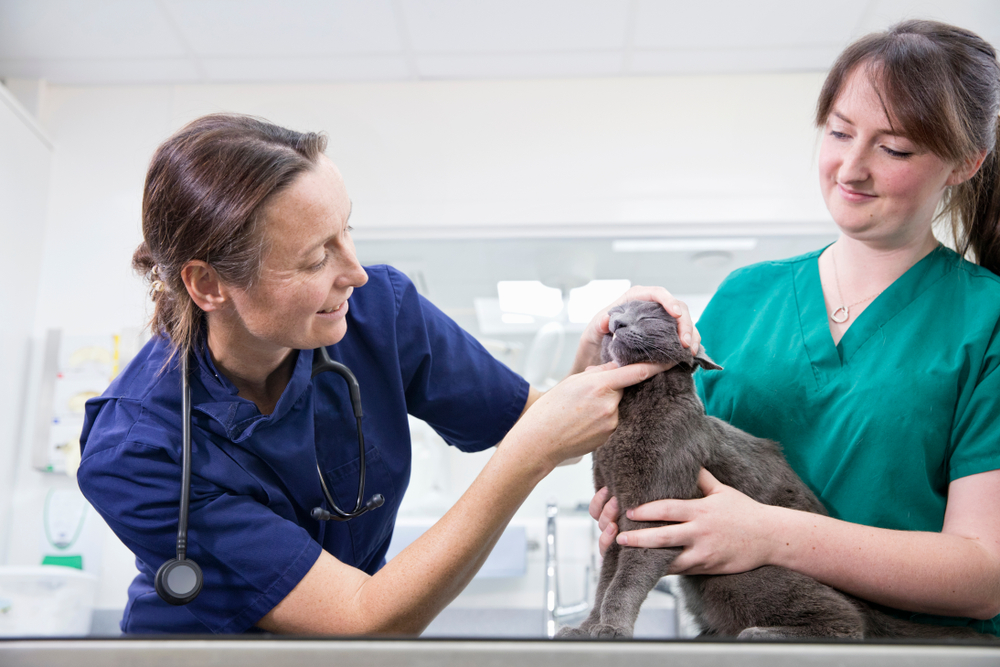
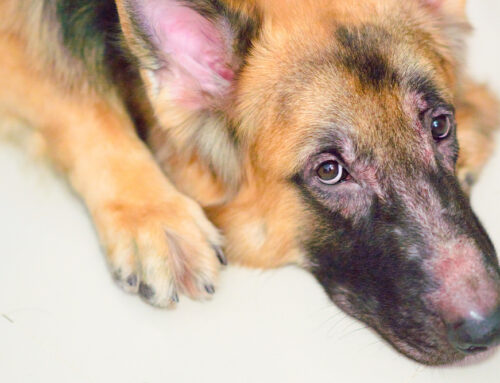
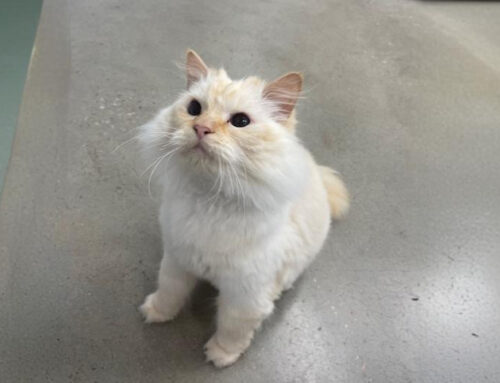
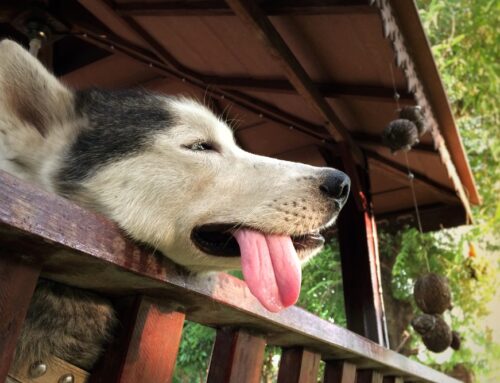
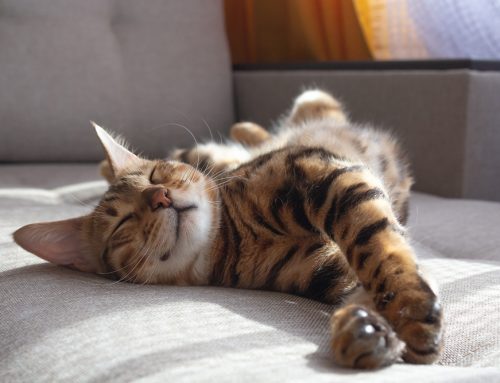
Leave A Comment